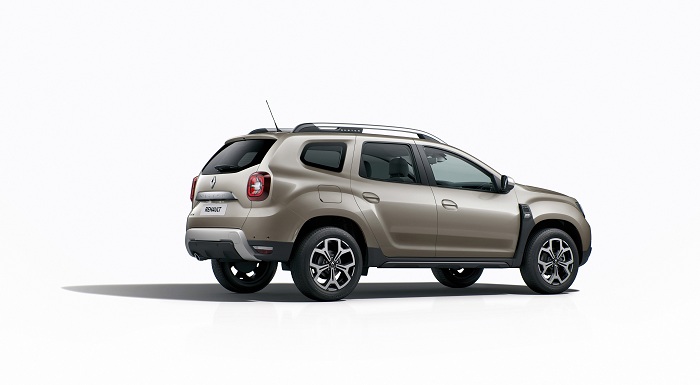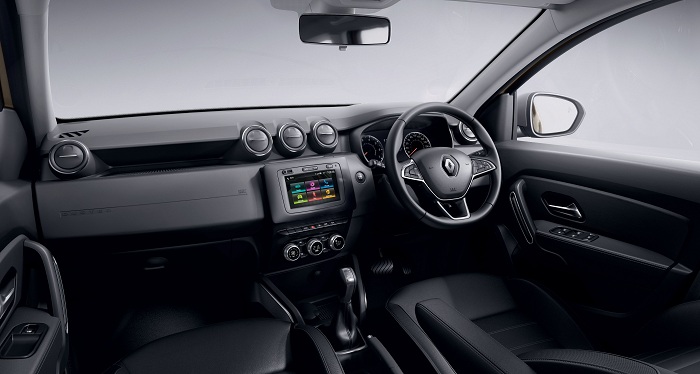One of the sales pillars within the Renault range during this time has been the Duster, which has proven a massive success both globally and locally with 15 000 units finding homes in South Africa since 2013. There’s now a new Duster, which the brand claims is improved in just about every way. I travelled to the Lowveld to sample the car recently.
Styling
The outgoing Duster won over many South Africans with its charmingly rugged exterior and back-to-basics interior. The latest Duster is certainly very much a modernised interpretation of the older model with larger headlamps that now house the brand’s signature C-shaped LED daytime running lights, while the grille now resembles that of the upcoming Koleos with top-spec variants also receiving a brushed silver skidplate that extends around the number plate.

The side profile of the Duster is familiar too, besides the new 16 or 17-inch alloy wheels and the new plastic cladding behind the front wheel. The rear retains its boxy proportions, but now gets taillights that look suspiciously similar to those seen on the Jeep Renegade.
Overall, the exterior is certainly going to please fans of the current Duster as it retains many of the design characteristics of the old car, but adds a degree of modernity to the aesthetics.
Interior make-over
The interior of the Duster is perhaps where the changes car can best be felt, despite the fact that the vehicle’s platform remains unchanged. There are hints of Renault parts from years gone by, but overall, it’s a far more styling interior with better finishes and an improved tactile quality.

The redesigned dashboard improves the ergonomics while the updated instrument cluster and steering wheel lifted from the Sandero all make for a more pleasing look. The most notable change for me on the interior front was with the new seats, which provide far better lateral support than the previous Duster.
There’s still the MediaNav infotainment system doing duty in the centre console while niceties such as cruise control remain on the features list. On the top-spec Prestige model tested at launch, we got to grips with new features such as keyless entry, Blind Spot Warning and the automatic climate control system
Practicality and safety
Having to compete with the much-improved Ford EcoSport, the Duster has a trump card in the form of its practicality, with a handy 478-litre boot and spacious seating or rear passenger, considering the segment in which it competes. There’s also an acceptable number of safety items such as ABS with EBD and EBA as well as two airbags as standard, with an additional two on higher-spec models.
Engine and gearbox line-up
At launch, the two-wheel drive 80kW/250Nm 1.5 dCi mated to the EDC ‘box was the only model available for the press to drive, however, a manual 4x4 dCi will be available in the new year while a low-output manual 66kW/210Nm 1.5-litre dCi now offers buyer a more attainable diesel.At the entry point to the Duster range, the sole petrol-powered model perseveres with a manual gearbox an 84kW/156Nm output.
Driving Duster
I was a big fan of the previous Duster 1.5 dCi EDC, the powertrain worked very well with the overall package and the new one is very much the same, just more refined, quieter and easier to live with. It’s still a struggle to overtake slow-moving vehicles, but the trade-off is exceptional consumption figures which saw our test unit register a figure of 5.7-litres/100km despite the brand’s 4.8-litres/100km claim.
Service plan and warranty
All Duster models come standard with a five-year/150 000km warranty and a three-year/45000km service plan.
Pricing
1.6 Expression - R249 900
1.5 dCi Dynamique - R282 900
1.5 dCi Dynamique EDC - R316 900
1.5 dCi Dynamique 4x4 - R321 900
1.5 dCi Prestige EDC - R334 900
















